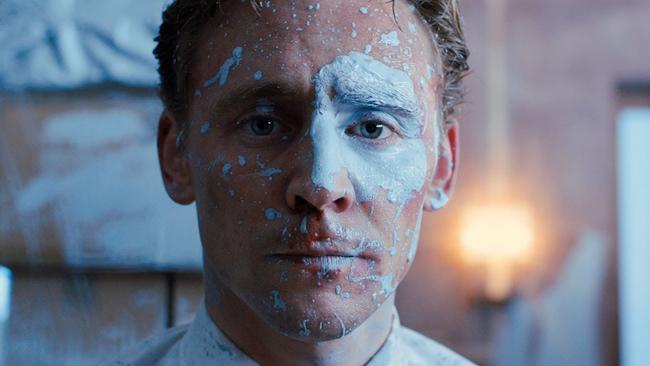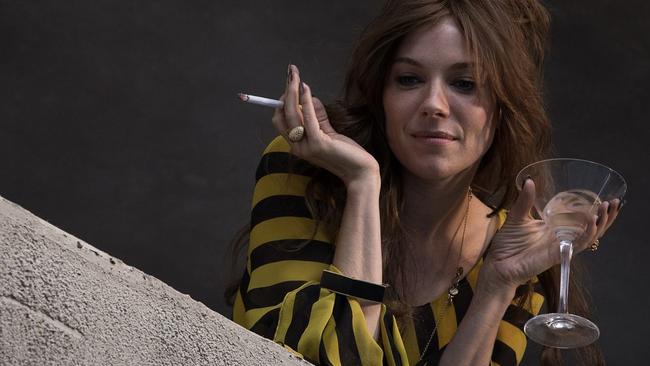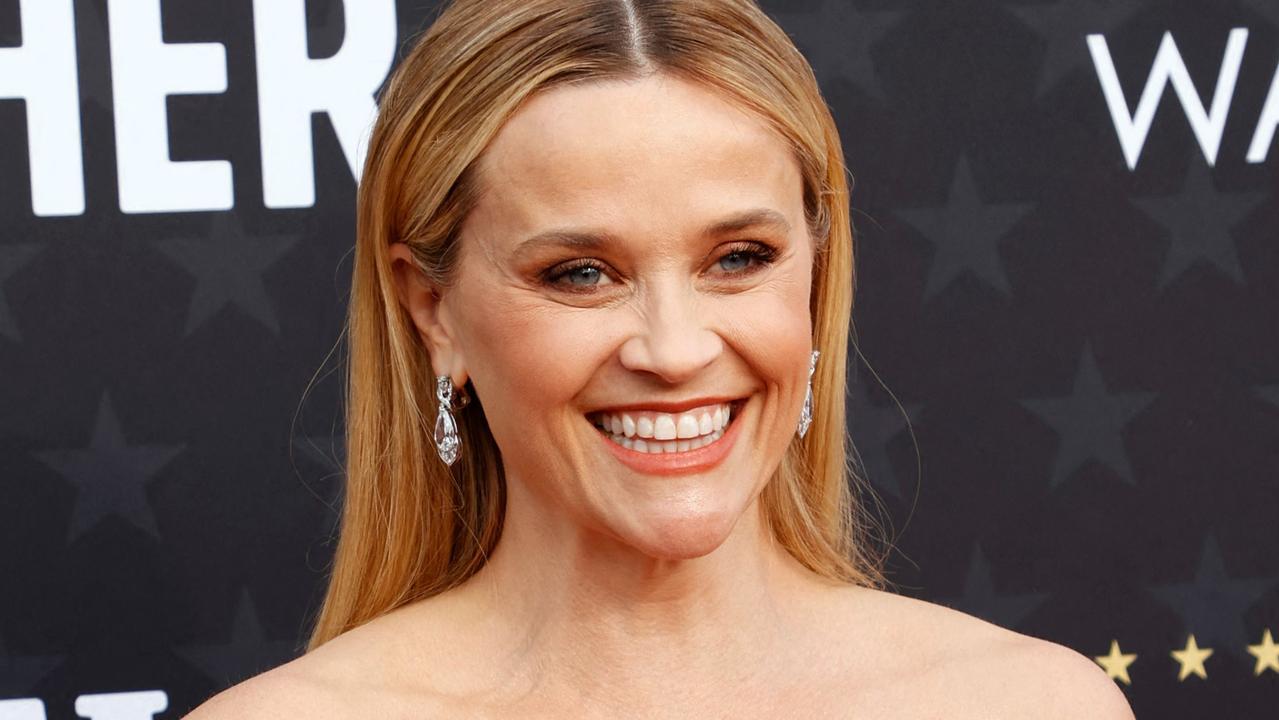High-Rise: Goulish dystopian nightmare is scarily familiar
IF YOU thought your neighbours were bad, that’s nothing compared to the hell Tom Hiddleston is put through in High-Rise.
REVIEW
FOR some, Tom Hiddleston and Taylor Swift’s very public courtship is a nightmare. But it probably doesn’t compare to the literal dystopian nightmare Hiddleston’s character finds himself stuck in in High-Rise, an adaptation of J.G. Ballard’s book of the same name.
In the 1970s, medical school lecturer Dr Robert Laing (Hiddleston) is a newcomer in a high-rise building that can accurately be described as a monolith to modernity. The building is an insular community that provides everything for its residents, including a supermarket, gym, primary school and a rumoured brothel.
Laing’s 25th floor apartment puts him in the upper echelons of the physical structure and the social structure, but he meets those above him and those below him, including party girl single mum Charlotte (Sienna Miller) and revolutionary documentary maker Wilder and his wife (Luke Evans and Elisabeth Moss).
He also meets Anthony Royal (Jeremy Irons), the creator and architect of the high-rise, whose white safari jacket has a “the lunatics are running the asylum” straight-jacket vibe.

Instead of the convenient paradise the high-rise purports to be, its social stratum becomes its undoing. When the building’s power and water becomes unreliable, the downtrodden lower-floor residents suffer disproportionately. Resentment, elitism and alcohol-fuelled bacchanals turn into an all-out class war between the haves and have-nots as the high-rise becomes an allegory for wider society as a whole.
Ballard wrote the book in 1975 at a time of social upheaval in the UK, at the dawn of Thatcherism and the fervent love for capitalism that represented.
That High-Rise’s cautionary tale applies in 2016, four decades later, is a scary indictment of the widening gap between the rich and the poor in today’s developed and developing countries.
It’s a terrifying exaggeration of what men are willing to do to each other, even when they don’t have to. The pandemonium indie director Ben Wheatley captures on screen is monstrous as the high-rise’s inhabitants devolve into primal beings — at one point, one character snarls like an animal.

The veneer of human civility is repeatedly referenced with obvious visual cues — Laing’s face endlessly replicated in the mirrored lift and a scene in which he peels back the skin and flesh off a medical cadaver’s skull. Rotting peaches in the supermarket is a not-too-subtle commentary on the building.
Wheatley makes good use of the camera to convey the descent into chaos. His shots shift from long, steady takes at the beginning, luxuriating in the details of the building and the lifestyle, to more shaky-cam work once it all unravels. The pairing of intense classical music with scenes of mayhem and violence has a Kubrickian touch.
Where High-Rise falters is the characters aren’t rounded out as stand-alone figures, they’re more representative archetypes. Except, perhaps, Hiddleston’s Laing, who remains enigmatic to the end.
It’s also a touch overlong and indulgent in the back half as the film’s structure takes on the spirit of its characters and becomes much looser and meandering.
But it is bold filmmaking, taking on a source material as difficult as Ballard’s novel, and makes a decent go of building this ghoulish world so close to our own.
Rating: 3/5
High-Rise is in cinemas from Thursday, August 18.
Continue the conversation on Twitter with @wenleima.





